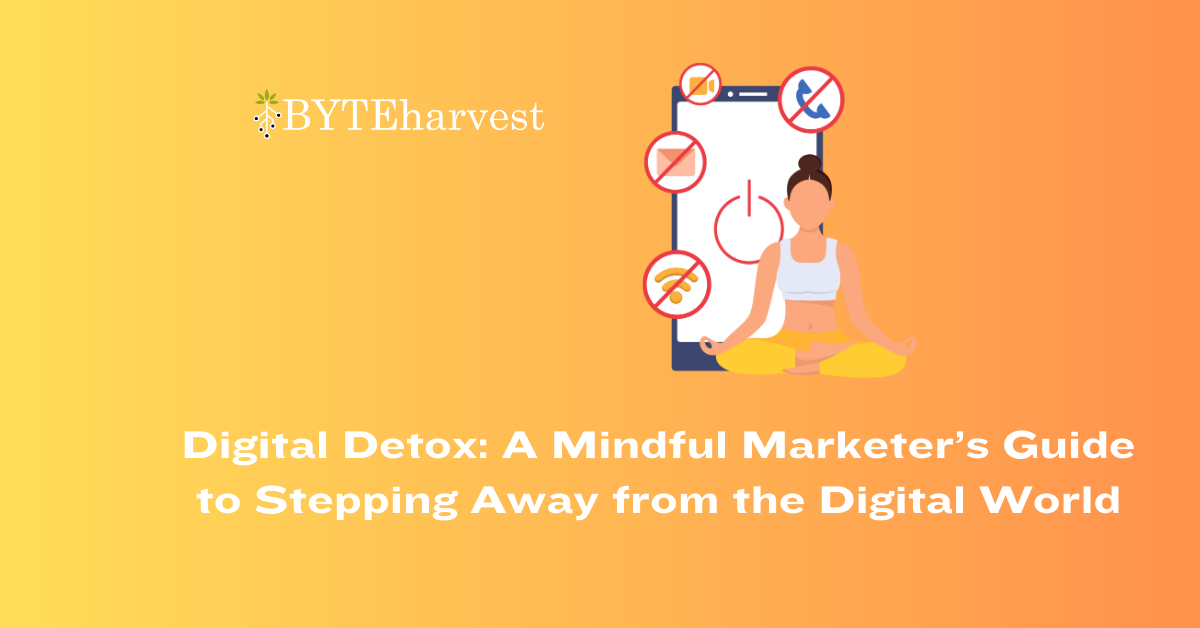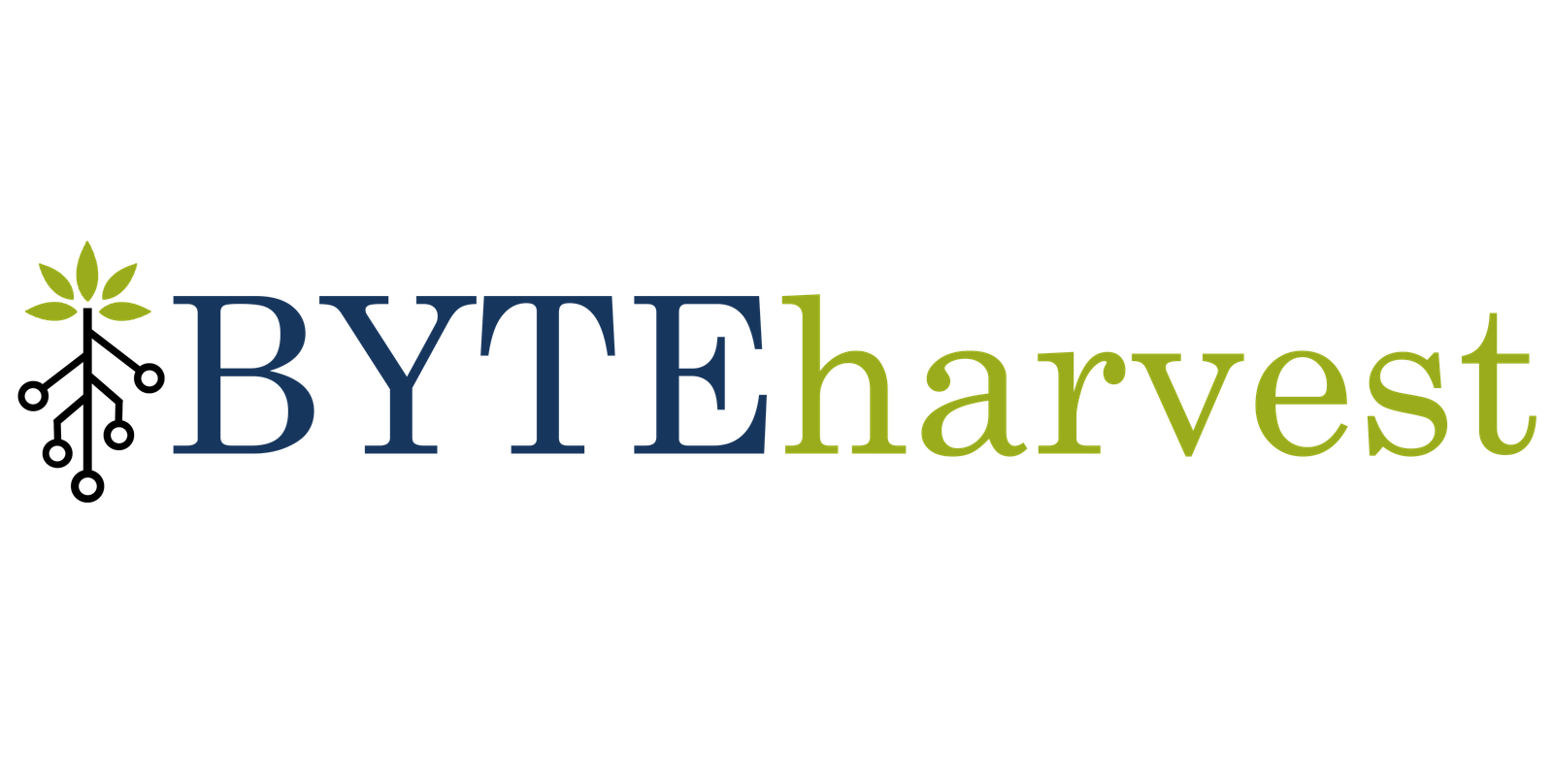Digital Detox in Marketing
In today’s hyperconnected world, the concept of a digital detox has evolved from a trendy buzzword to a vital practice for maintaining mental well-being. This comprehensive guide explores how both individuals and marketers can benefit from strategic disconnection, balancing the demands of digital life with the need for meaningful offline engagement. Whether you’re a social media marketing professional or someone looking to reset their relationship with technology, this article offers practical insights into making digital detox work for you.

What Makes Digital Detox More Important Than Ever in Our Digital World?
The rise of digital technology has transformed every aspect of our lives. With smartphones becoming extensions of ourselves, we find ourselves constantly connected, leading to excessive screen time and digital distractions. Research indicates that spending too much time online can significantly impact our mental and physical health, making digital detoxification more crucial than ever.
The constant stream of notifications and the endless scroll have created a new normal where disconnecting feels almost impossible. Yet, this perpetual connectivity is precisely why we need to understand and implement regular digital breaks.
How Does a Digital Detox Actually Work in Practice?
Digital detox involves deliberately stepping away from digital devices and platforms for a set period. This break from digital devices can range from a few hours to several weeks, depending on individual needs and circumstances. The key is to unplug strategically, allowing yourself to reconnect with offline experiences while maintaining necessary professional commitments.
The process isn’t about completely abandoning digital tools but rather about creating a healthier relationship with them. It’s about becoming more aware of our digital habits and making conscious choices about our media use.
What Are the Signs That You Need to Step Away from Your Digital Life?
Several indicators suggest it’s time for a digital detox. These might include feeling anxious when away from their devices, experiencing the fear of missing out, or noticing that social media usage is affecting your productivity and relationships. If you find yourself mindlessly reaching for your smartphone dozens of times per day, it might be time to consider taking a break.
The impact of constant connectivity on our mental well-being can be subtle but significant. Recognizing these signs early can help prevent digital burnout and maintain better digital wellness.
How Can Marketers Balance Digital Detox Trends With Their Marketing Efforts?
For those in digital marketing, the digital detox trend presents both challenges and opportunities. Marketing strategies must evolve to respect consumers’ growing desire to disconnect while maintaining an effective online presence. This might involve creating content that resonates with the audience’s desire for authentic, offline experiences.
A digital marketing agency can implement campaigns that promote balanced technology use while still achieving their marketing objectives. The key is finding innovative ways to support digital wellness while maintaining brand loyalty.
What Role Does Offline Engagement Play in a Successful Digital Detox?
Offline activities play a crucial role in making a digital detox successful. By promoting offline experiences and encouraging a sense of community beyond the digital realm, individuals can discover fulfilling alternatives to constant screen time. This might include outdoor activities, face-to-face meetings, or creative pursuits that don’t require digital platforms.
The value of real-world connections becomes particularly apparent when we step away from our digital devices. These experiences often prove more memorable and impactful than purely digital interactions.
How Can You Maintain Professional Success While Taking a Break from Technology?
One common concern about digital detox is its impact on professional responsibilities. However, with proper planning, it’s possible to maintain productivity while cutting back on digital consumption. This might involve setting specific times for checking emails, using digital tools more intentionally, and communicating boundaries clearly with colleagues and clients.
Marketers must adapt their approaches to accommodate both their own need for digital wellness and their audiences’ changing preferences. This might mean focusing on quality over quantity in digital communications.
What Strategies Help in Creating a Sustainable Digital Detox Plan?
Creating a sustainable approach to digital detox requires careful planning and realistic goals. Rather than attempting a complete disconnect, focus on establishing healthy boundaries with technology. This might involve designated tech-free times, digital-free zones in your home, or regular breaks from social media.
The key is to develop strategies to meet your specific needs while maintaining necessary professional and personal connections. This personalized approach makes the digital detox more sustainable long-term.
How Does Social Media Marketing Adapt to the Digital Detox Movement?
As an influencer or social media marketing professional, understanding and adapting to the digital detox movement is crucial. This might involve creating more meaningful, concentrated content that respects users’ time and attention. Social media users increasingly appreciate brands that acknowledge their need for digital balance.
Marketing efforts should focus on quality engagement rather than constant presence, recognizing that audiences may be more selective about their online time.
What Benefits Can You Expect from Regular Digital Detoxes?
Regular digital detoxes can lead to improved focus, better sleep patterns, enhanced creativity, and stronger real-world relationships. The break from digital media allows for deeper concentration and more meaningful connections. Many people report feeling more present and less anxious after taking time away from their devices.
These benefits extend beyond personal well-being to professional performance, often resulting in more efficient and effective work habits.
How Can You Start Your Digital Detox Journey Today?
Beginning your digital detox doesn’t require dramatic changes. Start with small steps like turning off non-essential notifications, designating tech-free meal times, or committing to screen-free evenings. The goal is to gradually build more mindful technology usage habits.
Remember that the journey is personal, and what works for one person may not work for another. The key is finding a balance that supports both your well-being and your professional success.
Key Takeaways:
* Digital detox is essential for maintaining mental well-being in our increasingly connected world
* Successful digital detoxification requires a balanced approach that considers both personal and professional needs
* Offline engagement and real-world connections are crucial components of an effective digital detox
* Marketers can adapt their strategies to support and benefit from the digital detox trend
* Starting small and building sustainable habits is more effective than attempting dramatic changes
* Regular breaks from technology can lead to improved focus, creativity, and relationship quality
* The digital detox movement represents a broader shift toward more mindful technology use
* Professional success and digital wellness can coexist with proper planning and boundaries

